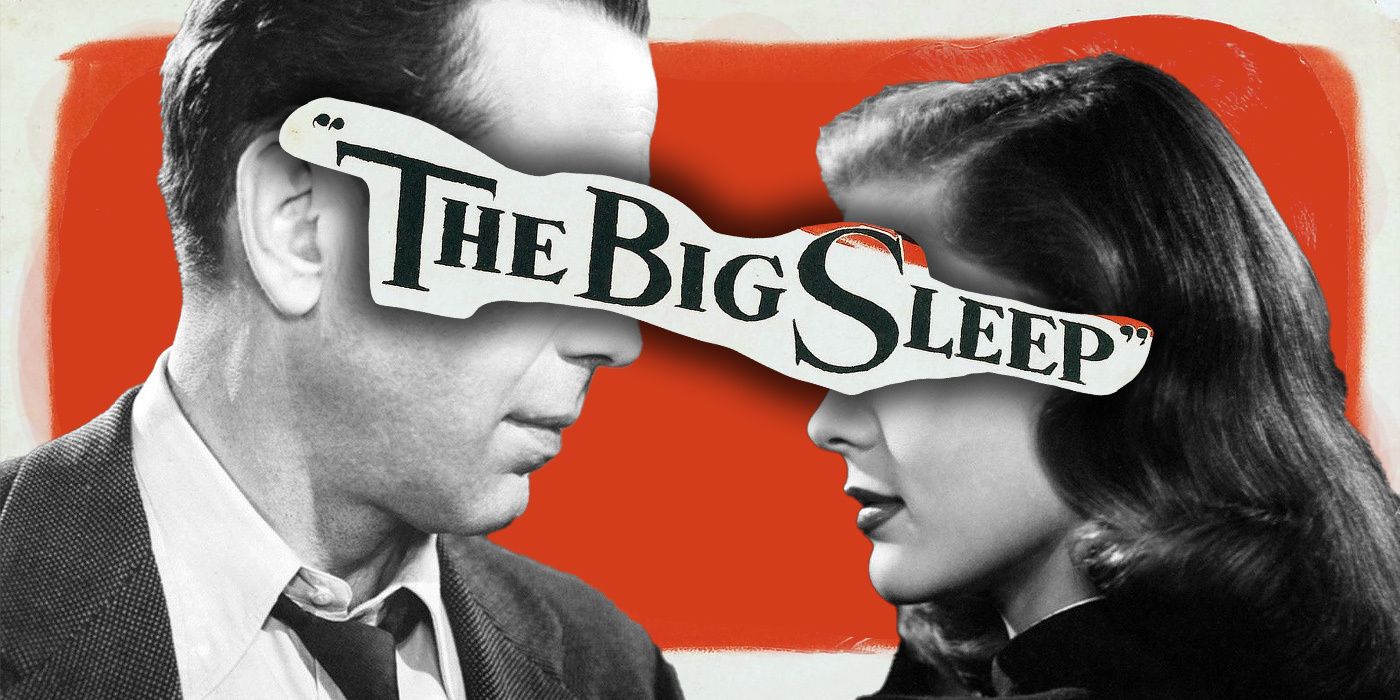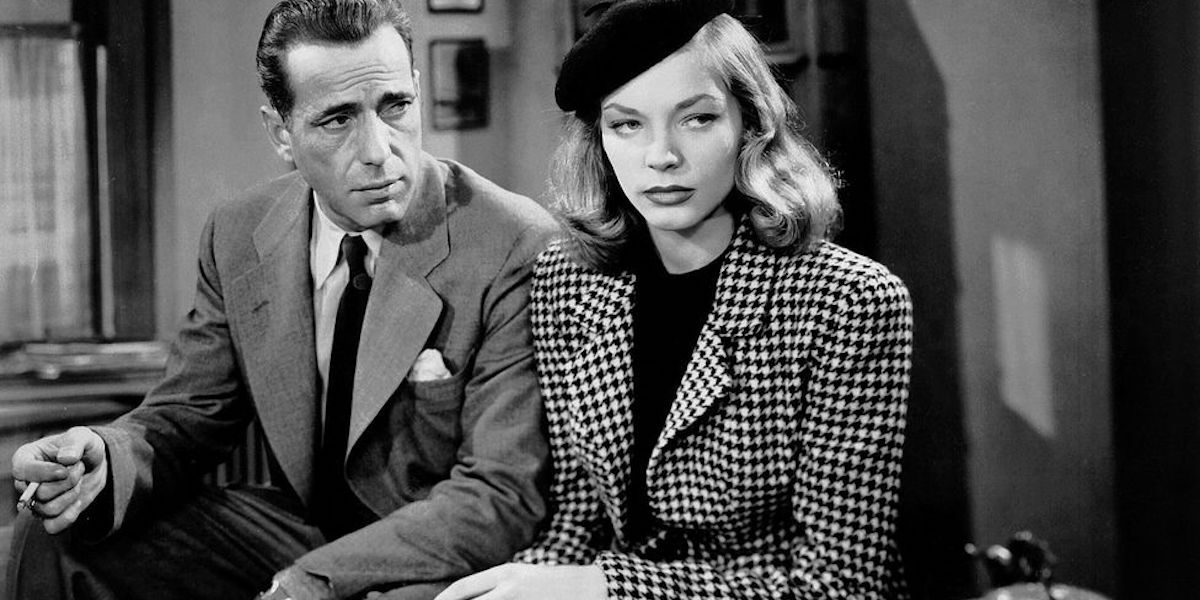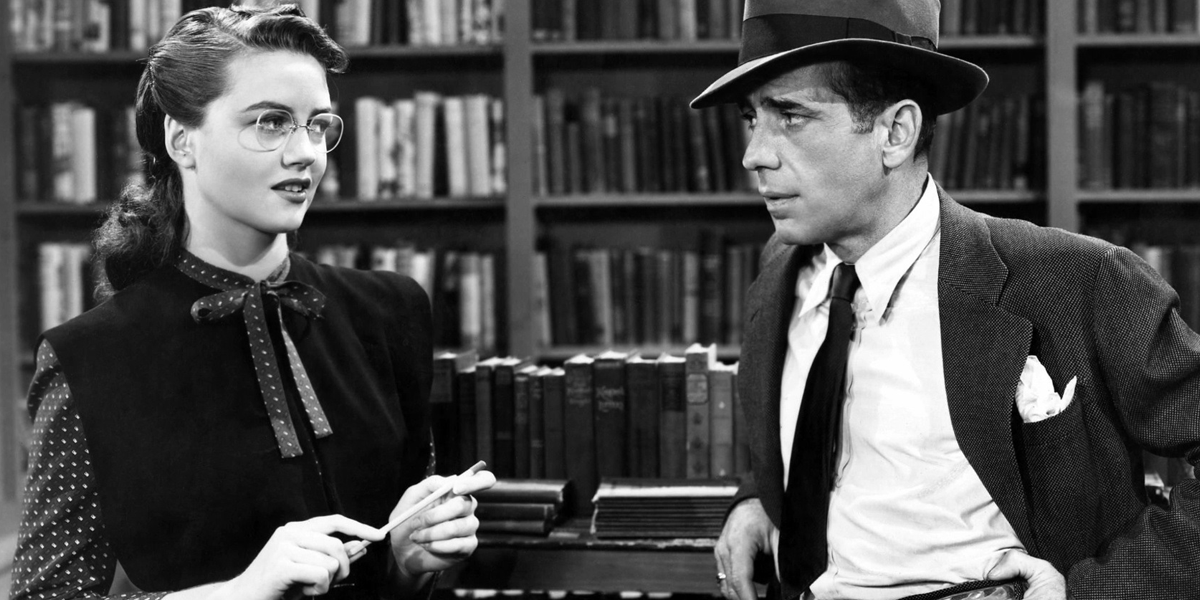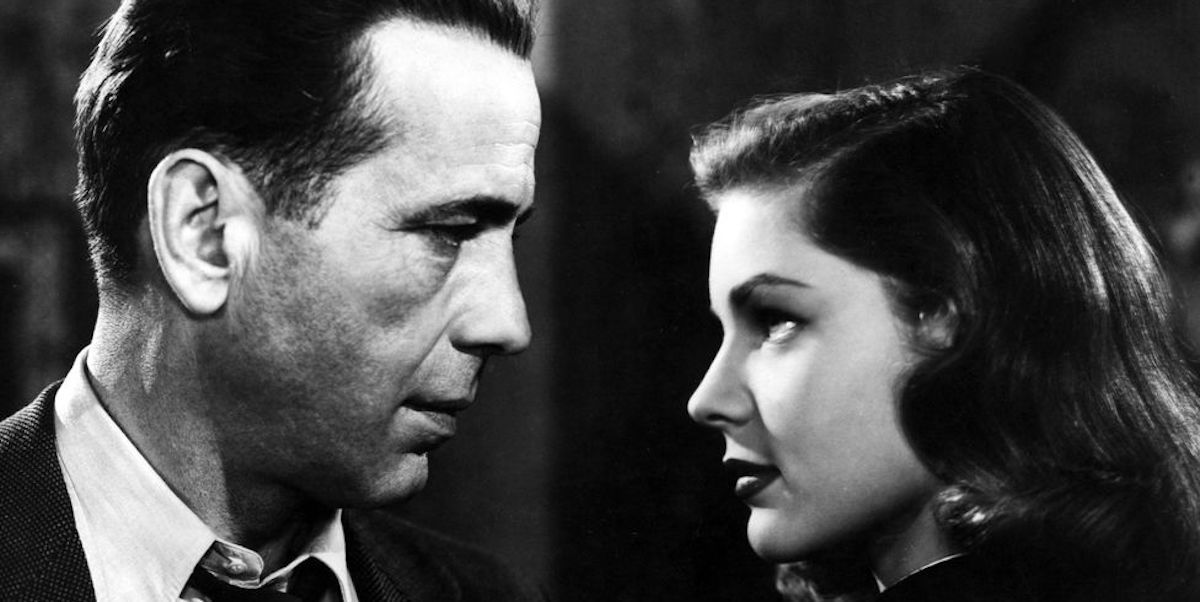One of the words people online love to get in a tizzy over is "reshoots." Some big Hollywood blockbuster has to go back and either reshoot scenes they had done or film entirely new ones altogether, and that means the production is in a rapid tail spin and sure to be a disaster. Of course, there are plenty of examples of this, from Josh Trank's failed reboot of Fantastic Four to the endlessly pushed release of New Mutants. Sometimes they just bring in a new director to oversee the new material, the most recent notorious example of this being Justice League. For films of this ilk, the general viewpoint is that these filmmakers got a little too bold with their ideas, and the studios panic and want them to sand off all the edges they can. The films end up feeling more like a list of studio notes and brand management ideas than an actual movie.
Contrary to popular belief, reshoots are actually an incredibly common part of the filmmaking process. Given the resources, productions will almost always schedule time and allot part of the budget for reshoots. Filmmakers could want to reshoot scenes for any number of reasons. Maybe the film didn't develop properly for a scene. Maybe they want to change the location from a living room to a diner. Maybe they want to add a scene that clears up plot information that people were confused about. Or maybe they realize that the two gigantic movie stars they have in the movie have absolutely dynamite chemistry, and they should milk that for all it's worth. Such is the case with Howard Hawks' seminal film noir classic The Big Sleep.
Two years before the release of The Big Sleep in 1946, Howard Hawks directed the film To Have and Have Not, which was basically a B-tier Casablanca that starred the lead of Casablanca, Humphrey Bogart. Crucially, he starred alongside a young woman making her big screen debut, Lauren Bacall. Not only did Bogey and Bacall have terrific on screen chemistry, but the two instantly became one of the hottest real life celebrity couples in Hollywood. To Have and Have Not would go to be one of the ten highest grossing films of the year. The trio would reteam with The Big Sleep, adapted from Raymond Chandler's 1939 novel and starring Bogart as the iconic hard boiled detective Philip Marlowe.
The difference between the two, aside from the genre shift, is that in The Big Sleep, Bogart's Marlowe is unquestionably the lead character. Bacall's Vivian is an important supporting character, but she exists within the tapestry of the film's central mystery plot. The two of them are not a central romantic pairing, just an occasional flirtation. The entire film was shot this way and a completed cut was done in 1945. The result was an engaging, if somewhat dry, detective story. Also, due to the kind of role she was playing, nobody was all that happy with Lauren Bacall's performance. Couple that with the fact that she was also coming off getting quite poor reviews for her work in the film Confidential Agent, and things were not looking hunky-dory.
That is when Bacall's agent, Charles K. Feldman, reached out to Jack Warner, head of Warner Bros., and wrote in a letter, "Give the girl at least three or four additional scenes with Bogart of the insolent and provocative nature that she had in To Have and Have Not." Though the film had a set release date for the end of 1945, Warner acquiesced and put the reshoots in motion, and the release date was pushed to August 1946. Most notably among the new material was an incredible innuendo filled scene between Bogart and Bacall over drinks, where the two's sparkling, sexy banter shows you why they were top of the line movie stars. The ending was also completely reshot, forcing the production to recast a role with Peggy Knudsen because the originally cast Pat Clark was not available to reprise the role. After seeing the reworked picture, Jack Warner sent a wire saying, "In my opinion we have a 100 percent better film," and history would prove him right, as over 75 years later The Big Sleep is still one of the greatest noirs Hollywood ever produced.
The one key criticism levied at the film is it is incredibly difficult to follow the ins and outs of the mystery. It is a fair criticism, unquestionably. Taking notes would not be a terrible idea while watching the film if figuring out every detail of what is going on is what is important to you. Or you can just watch the original cut, which was officially released in 1997 and generally found on most home video releases of the film. The major thing that cut has which does not appear in the theatrically released version people watched for decades is a long scene where Bogart's Marlowe and Regis Toomey's Inspector character lay out exactly what is going on. While the scene certainly makes what is going on incredibly clear, it grinds the movie to a halt. The original cut is missing allure. The Big Sleep may be difficult to understand, but you just can't take your eyes off it because the mystery is beguiling.
Roger Ebert put it best with his entry for The Big Sleep in his series of "Great Movies" when he said, "The new scenes add a charge to the film that was missing in the 1945 version; this is a case where 'studio interference' was exactly the right thing." This was a case of the people working on a film seeing where the issues were and knew exactly how to counteract them. Had there been no reshoots for The Big Sleep, perhaps that would be the end of the Bogey and Bacall on screen partnership. Because it worked, they were able to make two more movies after this with Dark Passage and Key Largo. Plus, what are the chances that The Big Sleep would still be as beloved today had we the original cut? There would be no debates and discussions about what is actually happening in the mystery plot, and there would be no quoting the delicious dialogue between Bogart and Bacall. "A lot depends on who's in the saddle," is just an all-time double entendre, and without reshoots, we would not have it. So, while people get their knives and forks out to savage the next movie they heard had extensive reshoots, just remember even some of the greatest films of all time went through the same exact process and were the better for it.




